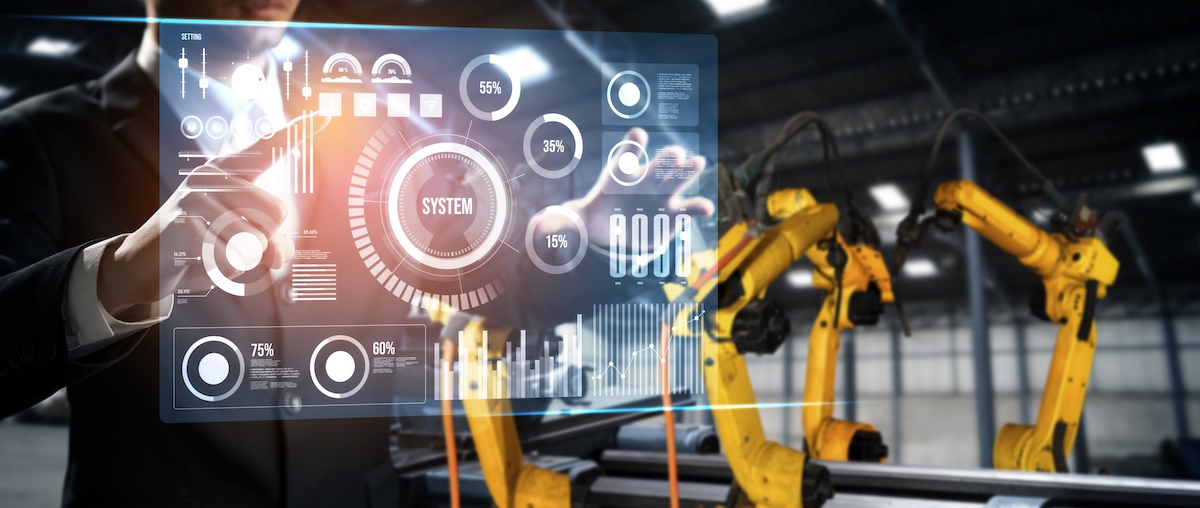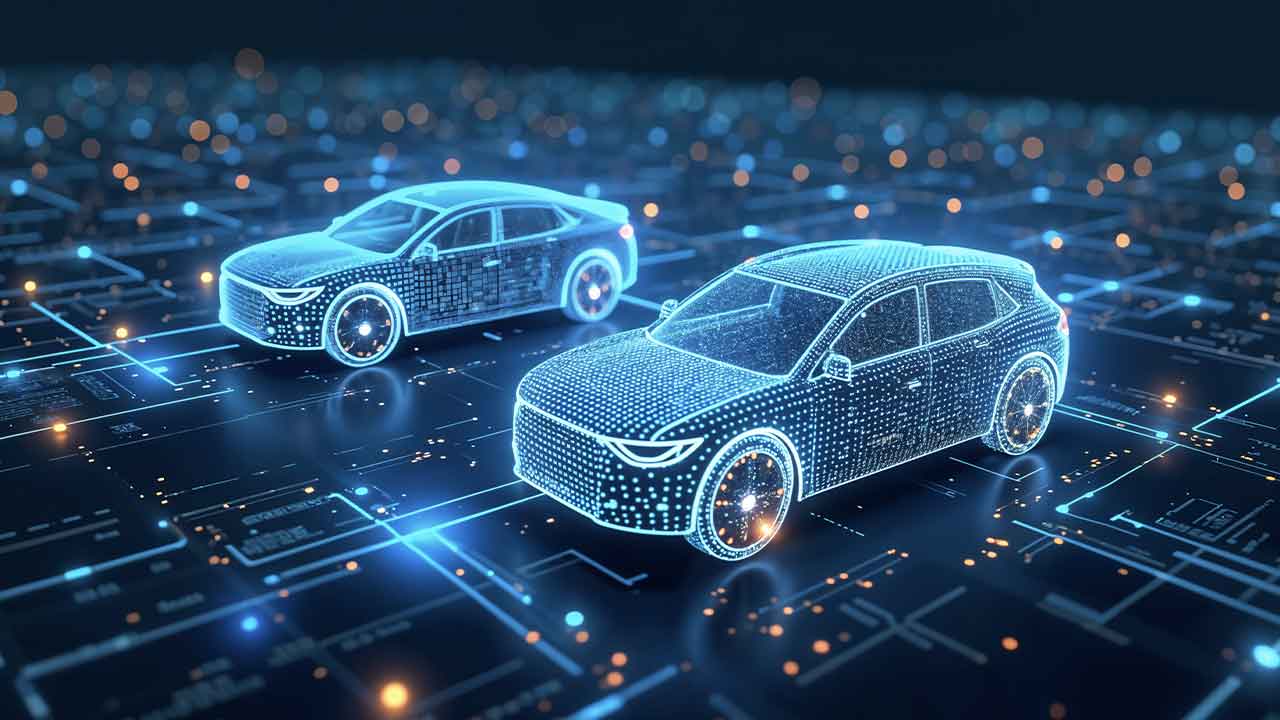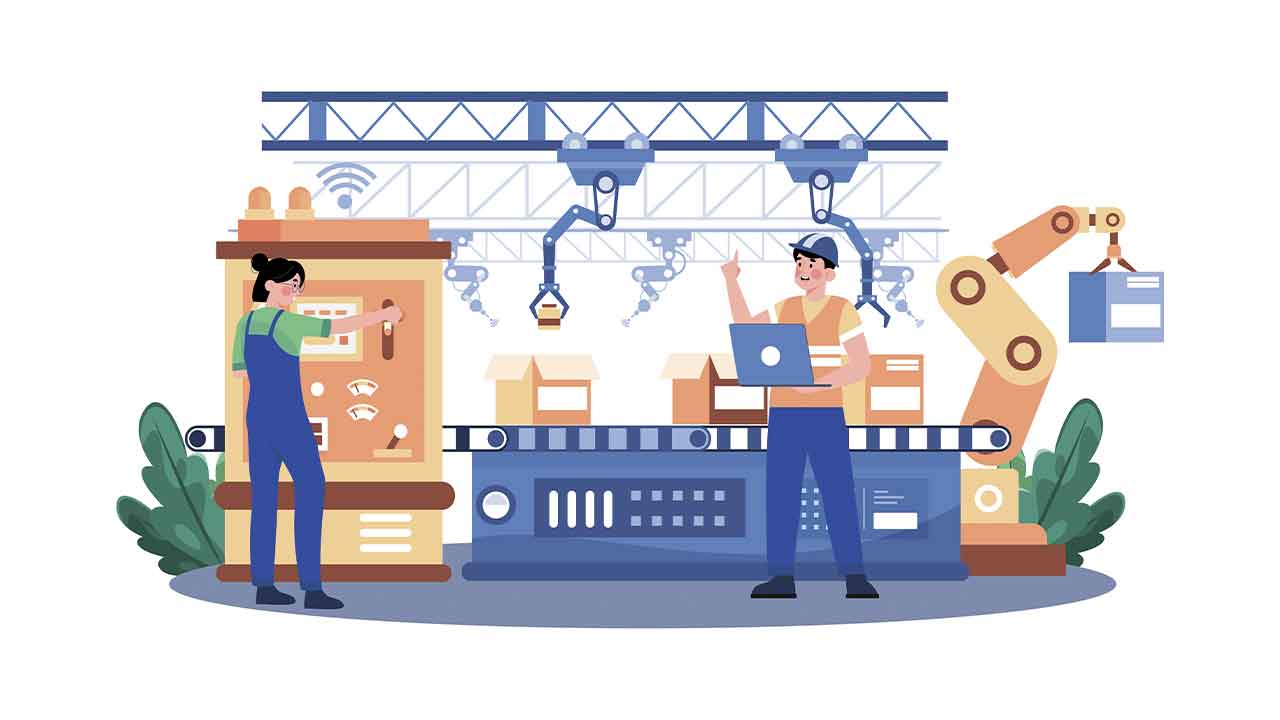Computer Vision Platforms Mean Flexible Visual Inspection for Agile Manufacturing
Visual inspection—making sure that the parts are all present, the labels are on straight, and the packing materials are all in place—is an essential component of quality control in the manufacturing industry. By double-checking everything before products leave the factory floor, you can dramatically cut expenses, reduce waste, make customers happier, and lower the chance of costly recalls while meeting the AQL (Acceptance Quality Limit) for your market.
This process is easier said than done, however. Human employees aren’t always immediately available to perform visual inspections, and are also susceptible to making errors, particularly when tired or overworked. Manual visual inspection is also tedious and takes up time from employees’ more cognitively demanding tasks.
Visual inspection is especially challenging for companies that follow agile manufacturing practices. In agile manufacturing, organizations prioritize the ability to rapidly respond to changes in market conditions and customer preferences. For agile manufacturing companies, the ability to quickly roll out new products is more important than ever before—but this need for speed also must be balanced with a visual inspection process that results in high-quality and defect-free products.
Computer Vision for Agile Manufacturing
In order to save time and boost their productivity, many manufacturers have been migrating from manual to automated visual inspection: using artificial intelligence and machine learning to identify product flaws and defects, based on an image or video of each item. Not only can AI models identify problems with an accuracy approaching or even exceeding human performance, but automated visual inspection also frees up human employees to work on higher-level activities.
However, there’s one major potential issue: whenever you introduce a new product or process into your manufacturing line, you need to generate a new AI model to go with it to account for this change. After all, each of your products comes with its own list of possible defects and quality control issues that must be accounted for before it can move along the supply chain.
With AI models being surprisingly brittle, does this mean we need to return to the good old days of slow, tedious manual visual inspection? Not at all: AI solutions are now advanced enough to enable continuous improvement. By choosing the right platform, you can perform rapid training and testing, able to deploy new models in a matter of days instead of months.
Sounds like science fiction? It’s not. Offerings such as Google Vision, Amazon Rekognition, and Chooch AI are all mature, consumer-ready AI platforms that are already helping countless businesses streamline their manufacturing operations.
How Manufacturing Facilities Are Leveraging Visual AI
Here’s how manufacturing companies are leveraging visual AI solutions right now (and in the near future):
1. Visual Inspection and Defect Detection
When a consumer-packaged goods (CPG) manufacturer allows a defective product to leave the factory and make its way to customer hands, the financial consequences can be severe. For example, it’s easy to imagine the cascade of potential costs related to an improperly sealed bottle cap. Even if a quality control checkpoint identifies the bottle cap failure, the manufacturer may need to recall hundreds of boxes—or truckloads—of product just to find the problematic item.
Shipment delays and the cost of replacing products are not the only consequences of CPG defects. Costs and damages could include:
- Reputational damage and loss of revenue costs resulting from customers sharing complaints about defective or spoiled products.
- Liability and personal injury costs if a dangerous product harms a consumer.
- Product recall, transportation, and disposal costs when specific products—or entire lots or truckloads of products—need to be recalled after leaving the factory.
- Replacement costs when replacing defective products with good products.
- Marketing and public relations costs to rehabilitate the brand and restore customer trust.
Fortunately, visual AI solutions can identify CPG manufacturing errors with a dramatically higher degree of accuracy than human workers—and they can do it faster and less expensively. Once trained and deployed, a visual AI system can detect manufacturing defects like:
- Rotten and spoiled fruits, vegetables, and food products
- Broken products
- Missing parts
- Painting errors
- Misaligned or missing bottle caps
- Labeling errors
- Packaging problems
- Virtually any other kind of defect/error that a human visual inspector can detect
2. Preventative Maintenance/Monitoring for Industrial Manufacturing
Large-scale industrial manufacturing facilities depend on the reliable functioning of complex—and sometimes irreplaceable—machinery and infrastructure components. When key infrastructure components break down, it can result in costly repairs, production delays, and long-term facility shutdowns. For this reason, industrial manufacturing companies must routinely monitor and inspect infrastructure (like large machinery, onsite piping, conveyor belts, and other components) to identify and fix problems through preventative maintenance before they result in a serious shutdown of production.
As an example of visual AI deployment in an industrial manufacturing facility, imagine a manufacturing site that uses a complex network of indoor and outdoor oil pipes. These oil pipes are decades old and prone to failure. Factory employees must walk the grounds and inspect the pipes for cracks, discoloring, and other signs of stress. This allows them to carry out preventative repairs. The problem is, human inspectors often miss the signs of impending pipe failure. Also, the pipes are located in difficult-to-inspect areas, like rooftops. This is where a trained visual AI system can help. With strategically positioned cameras and regularly deployed drones, a visual AI system can identify areas that need maintenance before a serious problem occurs.
Another example of an industrial manufacturing use case relates to heat detection. Some factories have key pieces of machinery that are prone to overheating or catching on fire. In these situations, human employees need to constantly monitor the machinery for signs of overheating and fire, and if they miss these signs—even by a minute—a weeks-long factory-wide shutdown could occur in order to perform expensive repairs. A visual AI system equipped with infrared cameras and fire detection can monitor these essential pieces of machinery 24-hours a day and make automatic adjustments to the machinery—or alert staff to take action—to prevent serious damage.
3. Theoretical Applications
If your tastes tend toward the speculative and hypothetical—automobile and aerospace manufacturer Rolls Royce has proposed using tiny robotic “bugs” with attached cameras that swarm an airplane’s engine, performing inspections without having to remove the engine from the aircraft.
Robotic drone deployment is another possibility. Oil fields, mechanized farms, and large-scale industrial manufacturing facilities can use drones that routinely fly out of their docking/recharge stations to perform visual surveillance on large properties and equipment on autopilot. The drones send visual data back to an AI system that analyzes and makes judgments on the photos and video, then sends alerts to managers when something requires their attention .
Harnessing Edge AI for Visual Inspection in Manufacturing
Edge computing is a paradigm in which much or all of the computation is performed by “edge” devices located close to the source of the data, rather than by remote servers located in the cloud. Thanks to technological developments in computer hardware, these edge devices are often able to return results more quickly than cloud servers with high latency—which is an essential trait for highly time-conscious industries like manufacturing.
More importantly for many use cases, edge devices also offer better security—and greater ability to adhere to industry, governmental, and internal data privacy/security standards. Since the AI system runs within the contained edge device server (and does not need to share its data with the cloud to make decisions), private or confidential information remains secure. This protects the information from internet-based attacks.
Market intelligence firm IDC predicts that global spending on edge computing will soar to $250 billion in 2024, growing at an annual rate of 13 percent. What’s more, IDC estimates that discrete manufacturing and process manufacturing will be two of the top four industries in terms of spending on edge computing.
With the move to the edge already underway, AI platforms for visual inspection must be able to deploy and manage models that can work with edge devices, performing inference on local video streams to achieve truly high-speed manufacturing.
Conclusion
Of course, visual inspection is just one of many possible applications of AI in the manufacturing industry:
- Computer vision models can analyze images and videos to ensure that employees are complying with workplace safety regulations such as wearing personal protective equipment, reducing the risk of injuries and legal costs.
- Edge devices can process data from sensors and security cameras in remote locations and alert management or the authorities if they detect something amiss, supplementing the work of human security personnel.
With such a wide variety of use cases, it’s no wonder that more and more manufacturing companies are looking to bring computer vision into their workflows with a high-quality, battle-ready AI platform.
About the Author
 This article was written by Jeffrey Goldsmith, the VP of Marketing at Chooch AI.
This article was written by Jeffrey Goldsmith, the VP of Marketing at Chooch AI.
Sorry, the comment form is closed at this time.




Neil Brandon
It’s a pretty deep subject once you start to grasp the complexity. Inferencing can be done at the edge, but the model must be trained elsewhere. So, you can transfer all those images to a local machine to retrain the model, or perhaps spin up a DSVM to automate the process. So many choices!